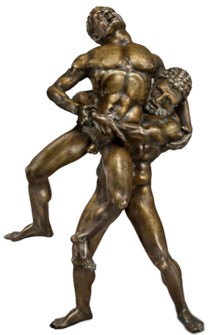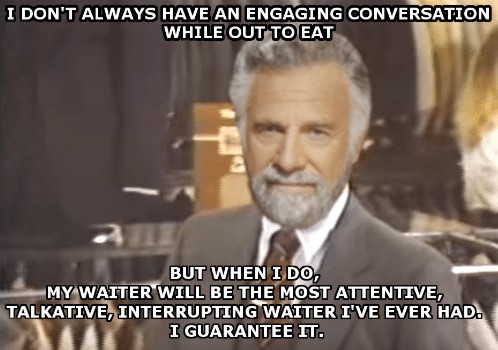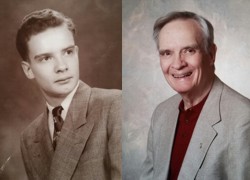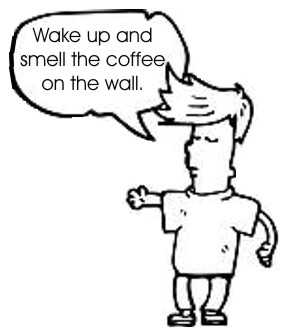
Every scene needs a hook
Scenes and Plot
Plot is only as strong as its weakest scenes. Readers may be willing to forgive other writing sins if they can read engaging scenes with tension and emotional roller coasters. So we need to make our scenes count, every one. Every scene needs to be “HIP”: it needs a hook, some level of intensity, and a prompt to read onward.
Four Chords of a Scene
In his book Plot & Structure (which I’m borrowing from heavily in this blog), James Scott Bell includes a good chapter on scenes. In my copy of that book, Chapter 7 is dog-eared, with many lines highlighted. He talks about the four chords of a scene. The major chords are (1) action and (2) reaction; the minor chords are (3) setup and (4) deepening. The first two tend to dominate, with the minor chords kind of dropping in here and there.
We’ll start with the minor chords. Setup scenes and beats have to occur in order for subsequent scenes to make sense. All stories need some sort of setup. But even setup scenes should contain a problem or some emotional intensity.
Deepening scenes or beats, when freshly done and dropped in strategically, add some spice to the character or setting. Examples would be a character telling a story, or a flashback taking place in a character’s mind (written as a short sub-scene). These minor chords should be used minimally.
Now for the major chords. Action is when a character does something to attain his/her main story objective. But this would be dry without conflict or some sort of barrier, which create the essence of good stories. So, with action plus some conflict or confrontation, we have the fodder for a great scene. Commercial fiction is usually dominated by action.
Reaction is how a main character feels emotionally when something (usually bad) happens. Literary fiction has a lot more reaction scenes or beats because it’s generally more about the inner life of a character. Reaction is usually done in beats rather than an entire scene.
What on earth is a beat?
Beats are small units within a scene: a line or two, or a paragraph. They are bubbles of action, thought, mood, description or setting which contribute something to character or plot during a scene. They usually take the form of slight pauses, especially during dialog, that consist of a short description of what the characters are doing or what’s happening around them as they speak or pause to think. Beats help the reader keep from losing track of what’s going on or who’s talking. They also tie the reader into the characters’ emotions and to the setting.
Beats are especially useful during dialogue. Dialogue that goes on at length can become like a helium balloon, detaching from the physical world and floating away. No one in the real world chats without at least some awareness of their surroundings or the people they’re talking with. Conversations need tie-downs to the setting. A good rule of thumb to avoid the “talking heads” phenomenon is, every fifth line or so of dialog, ground the reader with a small beat, such as how the characters are relating to their environment, or how they’re reacting with body language. In theater, this is done with blocking: what the actors do and where they stand or walk while they’re speaking. Beats during written dialog are also a way to avoid repetitious dialog-attribution tags.
Scene versus summary
This issue keeps coming up for fiction writers. Not everyone understands the difference between scene and summary, so here is another distinction. Summary (or “telling”) explains something to the reader. It offers information, ranging from long-winded histories of the town your character lives in to pat descriptions or rambling explanations of a character’s behavior or why he/she said something. Summary doesn’t engage the senses, and it rarely involves in-the-moment action. I sometimes refer to summary as moving into “documentary” mode, like the voice-over narrator of a TV documentary.
Some examples of summary material:
- It was a gorgeous afternoon.
- Sometimes we would spend hours at the creek, soaking our feet and talking. (This can also be called “representational” material, representing a series of similar events, or serving as an example of events over time. It does not take place in the moment.)
- She felt rested for the first time in days.
- She didn’t trust him because her brother had left her alone in the house that night, when the electricity went out, and she now also had a fear of the dark.
- The reason she said that was because, back in her youth, Martha had made her life difficult.
Some examples of scene material:
They were moving quickly now, Wolgast at the wheel, Doyle beside him, thumbing away furiously on his handheld. Calling in to let Sykes know who was in charge.
“No goddamn signal.” Doyle tossed his handheld onto the dash. They were fifteen miles outside of Homer, headed due west; the open fields slid endlessly away under a sky thick with stars.
—from The Passage, an apocalyptic vampire novel by Justin Cronin
Her hands flew through the scalded feathers, plucking each one until a gray snow pile drifted at her feet and began to swirl in the breeze.
Mabel singed the skin with matches, sulfur rising from each filament, an acrid incense. She dragged on a Lucky.
“You dassn’t go saying bad things about the Doctor.” My grandmother’s cigarette bobbed at me, its orange ember blowing like a hazard light.
—from Daughter of the Queen of Sheba, a memoir by Jacki Lyden
Is it ever appropriate to use summary?
Bell says you can get away with using summary for specific reasons:
Condensing time: When you need to transition to a later time (which, by the way, marks the beginning of a new scene), you don’t need to make your characters wait — unless it’s important to plot, character or setting — while you bring the sun down, describing every color change in the sky. To condense time, you can simply write, “Night fell,” or “Six hours passed,” or “A month later.”
Changing or condensing locations: Readers don’t need to see everything your character passes when she travels from one place to another, unless those details serve some purpose. As with condensing time, you can get characters where they’re going quickly: “They ran three miles,” or “The bus took them a hundred miles past Kansas City,” or “They walked back to her apartment.” (Again, remember that a major change in location means starting a new scene.)
Summarizing information previously revealed: Let’s say an event takes place earlier in the narrative in scene form. Later, one of the characters from that scene needs to tell another character what happened. Rather than using dialog to repeat all the action and description, you can summarize: “I told him what happened before the explosion,” or “She filled him on on the argument,” or “She related everything she could remember about that night.”
Always know when to show and when to tell. But be vigilant about summary material. Ask yourself, is this going on too long? Would this be more effectively done in scene? When it’s appropriate to use summary, shorten it, tighten it, and make it sparkle.

 Classical mythology has always fascinated me, not because I believe in any sort of pagan pantheon, but because it’s evidence of the enduring power of storytelling. Something in the human psyche craves narrative, especially the epic kind. Mythological stories have woven through generations and cultures, survived wars and the erosion of wind, sand and water. They survive longer than pyramids and buildings, are more impregnable than fortresses and citadels. Storytelling is our species’ genetic memory. All it took in the ancient world was a group of people, evocative language and a warm campfire to keep it going.
Classical mythology has always fascinated me, not because I believe in any sort of pagan pantheon, but because it’s evidence of the enduring power of storytelling. Something in the human psyche craves narrative, especially the epic kind. Mythological stories have woven through generations and cultures, survived wars and the erosion of wind, sand and water. They survive longer than pyramids and buildings, are more impregnable than fortresses and citadels. Storytelling is our species’ genetic memory. All it took in the ancient world was a group of people, evocative language and a warm campfire to keep it going.








